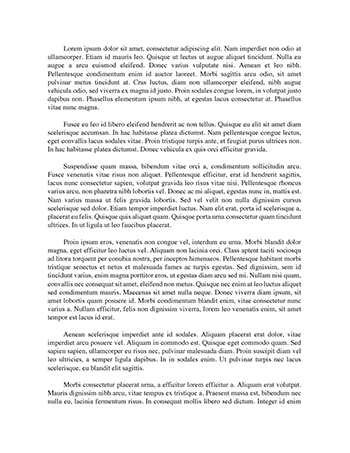mla
ReferencesAnderson, J. D. (1988). The Education of Blacks in the South, 1860-1935. Chapel Hill: University of North Carolina Press.Bailey, C. (2018). A guide to qualitative field research. SAGE Publications.Bell, D. A. (1980). Brown v. Board of Education and the Interest-Convergence Dilemma. Harvard Law Review, 93(3), 518-533.Bell, D. A. (1992). Faces at the Bottom of the Well: The Permanence of Racism. Basic Books.Bloomberg, L.D. (2023). Completing your qualitative dissertation: A road map from beginning to end. SAGE Publications, Inc.Crawford, M. (2020). Ecological Systems theory: Exploring the development of the theoretical framework as con-ceived by Bronfenbrenner. J Pub Health Issue Pract, 4(2), 170.Darling-Hammond, L. (2010). The Flat World and Education New York: Teachers College Press.Delgado, R., & Stefancic, J. (2017). Critical Race Theory: An Introduction. New York: New York University Press.Ferguson, A. A. (2000). Bad Boys: Public Schools in the Making of Black Masculinity. University of Michigan Press.Harris, C. I. (1993). Whiteness as Property. Harvard Law Review, 106(8), 1707-1791.Kozol, J. (1991). Savage Inequalities: Children in America\\\\\\\\\\\\\\\'s Schools. New York: Crown Publishing Group.Ladson-Billings, G. (1995). Toward a Theory of Culturally Relevant Pedagogy. American Educational Research Journal, 32(3), 465-491.Noguera, P. A. (2008). The Trouble with Black Boys: And Other Reflections on Race, Equity, and the Future of Public Education. Jossey-Bass.Orfield, G., & Lee, C. (2005). Why Segregation Matters: Poverty and Educational Inequality. The Civil Rights Project at Harvard University.Rothstein, R. (2017). The Color of Law: A Forgotten History of How Our Government Segregated America. Liveright Publishing.Saldaña, J. (2015). The coding manual for qualitative researchers. 3rd Ed. Thousand Oaks, CA: SAGE Publications.Seidman, I. (2019). Interviewing as qualitative research: A guide for researchers in education & the social sciences. 5th Ed. New York, NY: Teachers College Press.Sharkey, P. (2013). Stuck in Place: Urban Neighborhoods and the End of Progress toward Racial Equality. University of Chicago Press.Small, D. (2020, January). The hidden curriculum in public schools and its disadvantage to minority students. In International Forum of Teaching and Studies (Vol. 16, No. 1, pp. 16-24). American Scholars Press, Inc.Steele, C. M. (1997). A threat in the air: How stereotypes shape intellectual identity and performance. American Psychologist, 52(6), 613-629.


